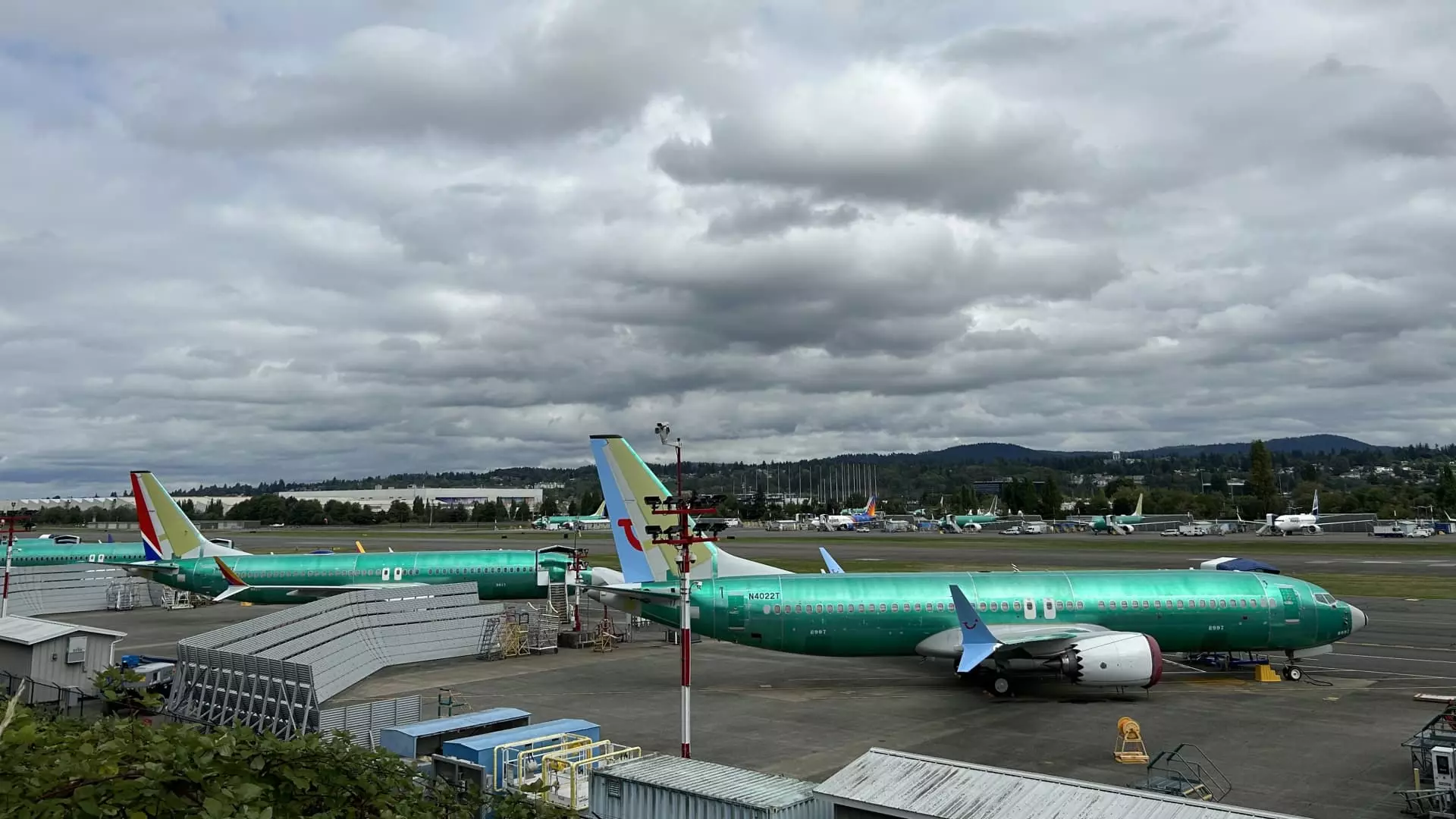In 2024, Boeing’s performance in the aircraft delivery sphere revealed significant hurdles, marking a stark decrease in the number of airplanes delivered compared to the previous year. With only 348 aircraft handed over, the aerospace titan experienced a staggering decline of nearly one-third. This downturn can largely be attributed to operational setbacks including a critical midair incident involving a door panel blowout and a machinist strike that paused production at a crucial juncture. Such developments not only affected Boeing’s output but also widened the gap between itself and its primary competitor, Airbus.
Airbus: Outpacing Boeing Amid Supply Chain Issues
While Boeing struggled to maintain production levels, Airbus capitalized on the situation, delivering 766 jetliners in the same time frame, the most substantial output since 2019. This discrepancy points to a critical phase for Boeing, which must identify solutions to restore its position in the market. Both companies, however, shared common challenges in the form of supply chain disruptions, which have hampered the fulfillment of their extensive backlogs. These operational bottlenecks underscore an industry-wide struggle, but Airbus has managed to navigate these issues more effectively, at least in terms of product deliveries.
The month of December brought some hope for Boeing, as it managed to deliver 30 aircraft, coinciding with the resumption of 737 Max production after the lengthy machinist strike ended. Deliveries are pivotal not just as a measure of operational success but as a crucial point where customers remit the majority of an aircraft’s cost, making this an essential focus for the company. However, the shortage of available aircraft from suppliers has significantly impacted lease rates, escalating them to record levels according to aviation data provider IBA. This financial strain adds a layer of complexity to Boeing’s overall business model as it looks to regain footing.
Despite the notable challenges, Boeing logged 142 gross orders in December alone, demonstrating some resilience. Key orders included 100 new 737 Max jets for Pegasus Airlines and 30 787s for flydubai, highlighting renewed interest in Boeing’s offerings. This uptick, however, came with its complications; Boeing had to remove over 130 orders from its books due to the collapse of India’s Jet Airways, which reflects the volatile nature of the market. Ultimately, Boeing finished the year with 569 gross orders, while net orders accounted for 377, inclusive of necessary accounting adjustments. In contrast, Airbus reported substantial figures, with gross orders reaching 878 and net orders standing at 826.
The Road Ahead
Looking forward, Boeing’s leadership, including CEO Kelly Ortberg, finds itself under intense scrutiny as investors demand clarity on how the company plans to ramp up production and restore profitability. As both Boeing and Airbus navigate this turbulent landscape, the focus remains on optimizing supply chain efficiencies, enhancing production capabilities, and addressing ongoing challenges that threaten their market positions. With a strong emphasis on engineering improvements and strategic partnerships, Boeing must outline a clear roadmap if it is to reclaim its status as a leading force in the aerospace industry.


Leave a Reply